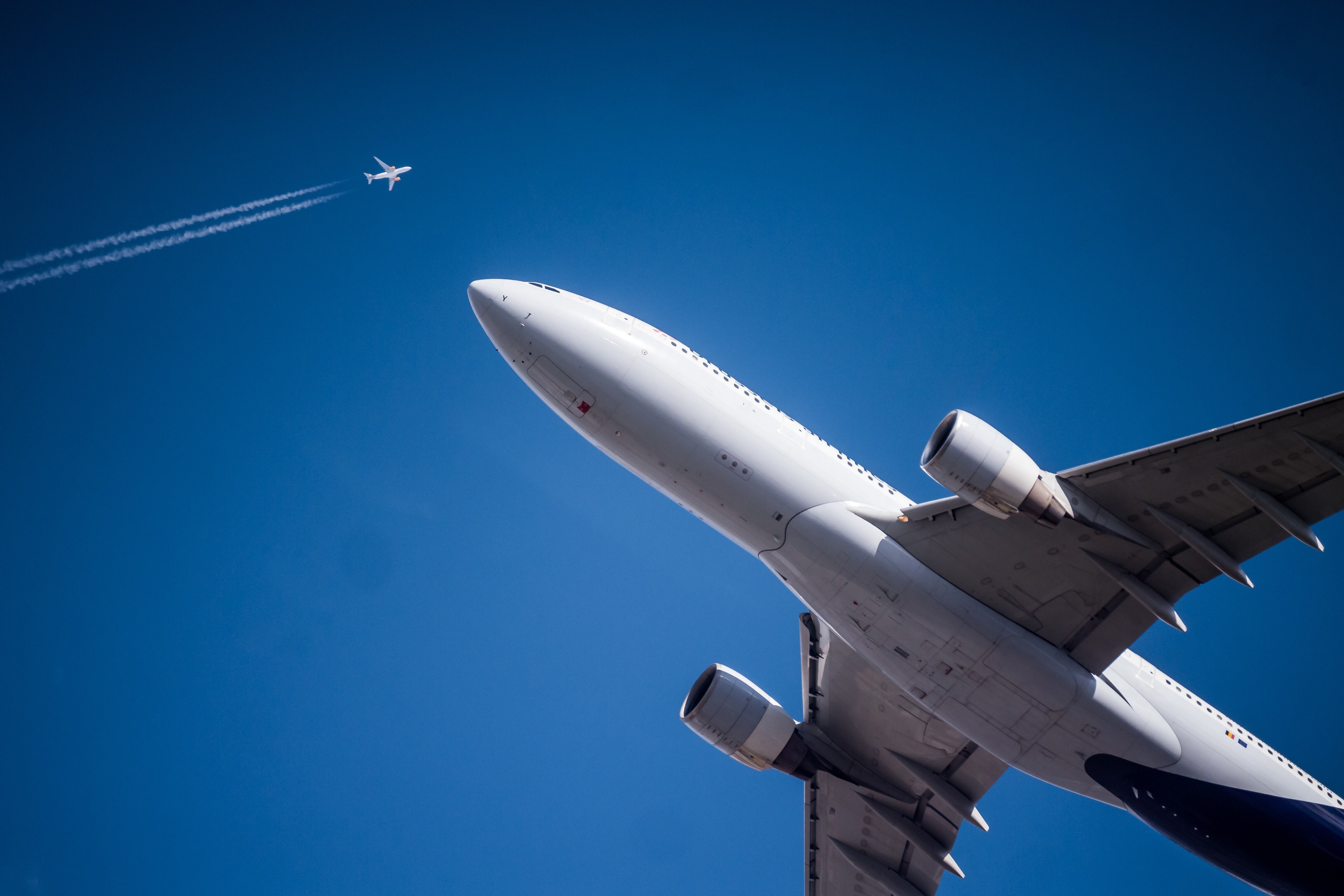Ensuring Safety and Reliability: The Many Aspects of Aircraft Maintenance

Aircraft have revolutionized the way we travel and explore by connecting distant corners of the world. But behind their awe-inspiring performance lies a critical aspect that cannot be overlooked: maintenance. Maintaining aircraft in peak condition is crucial for ensuring the safety of passengers, crew, and cargo, as well as maximizing operational efficiency. But, it is not easy to keep such big machines running in top condition. From A-checks to landing gear MRO, this article offers an introduction to the complicated world of aircraft maintenance.
Why is Aircraft Maintenance Important?
Aircraft maintenance is an essential component of aviation safety. Regular inspections, preventive maintenance, and repairs are conducted to identify and rectify potential issues before they compromise the safety and reliability of an aircraft. This minimizes the risk of life-threatening accidents and reduces the likelihood of in-flight emergencies. For passengers, knowing that their aircraft is properly maintained can bring peace of mind and make their travel experience more enjoyable. For airlines and aircraft operators, proper maintenance is essential for maximizing profits and meeting regulatory requirements.
Compliance with Regulatory Standards
Aircraft maintenance is governed by strict regulatory standards set forth by aviation authorities such as the Federal Aviation Administration (FAA) in the United States and the European Union Aviation Safety Agency (EASA) in Europe. These regulations encompass a wide range of requirements, including scheduled maintenance checks, component replacement intervals, and documentation procedures. Compliance with these standards is mandatory for all aircraft operators and is regularly monitored through inspections and audits.
Scheduled Maintenance Checks
Scheduled maintenance checks, also known as routine inspections, are performed at predetermined intervals based on flight hours, cycles, or calendar time. These checks are categorized into different levels, with each level requiring a varying degree of depth and complexity.
- A-checks are performed relatively frequently, usually after every 400 to 600 flight hours or 8 to 10 weeks, and focus on visual inspections, systems testing, and minor repairs.
- B-checks occur about once every 6 months, and involve more extensive inspections and component replacements.
- C-checks are more comprehensive, occurring every 18 to 24 months, and involve detailed inspections of the aircraft’s structure, systems, and components.
- D-checks, also known as heavy maintenance visits, are the most comprehensive checks. They occur every 6 to 10 years, during which the aircraft is partially or fully disassembled for thorough inspection and overhaul.
Preventive Maintenance
Preventive maintenance encompasses proactive measures taken to prevent equipment failure or degradation before it occurs. This includes tasks such as regular lubrication, system calibrations, and component replacements based on predetermined life limits or wear and tear. Preventive maintenance plays a vital role in identifying potential issues early on, mitigating the risk of unexpected failures, and ensuring the aircraft remains in optimal condition.
Unscheduled Maintenance and Repairs
In addition to scheduled maintenance, aircraft operators must also address unscheduled maintenance requirements and repairs. These arise due to unforeseen failures, malfunctions, or defects detected during routine operations or inspections. Unscheduled maintenance involves troubleshooting, identifying the root cause of the issue, and implementing necessary repairs to restore the aircraft to a safe and operational state. Timely response and effective resolution of unscheduled maintenance issues are crucial to minimizing operational disruptions and maintaining the safety of the aircraft.
The Role of MRO Organizations
Maintenance, repair, and overhaul (MRO) organizations play a vital role in the overall landscape of aircraft maintenance. MROs are specialized service providers that offer comprehensive maintenance and repair services to aircraft operators, including airlines, cargo carriers, and private aircraft owners. They operate as independent entities or as subsidiaries of major airlines or aircraft manufacturers.
Aircraft operators frequently rely on MROs to perform scheduled maintenance checks and major overhauls, such as C-checks and D-checks. These comprehensive inspections and overhauls often require specialized tools, technical expertise, and skilled manpower resources. MROs can efficiently handle such tasks, ensuring compliance with regulatory standards and minimizing the downtime of the aircraft. MROs also play a critical role in managing unscheduled maintenance events, providing immediate support and repairs to address technical issues so that aircraft can return to service as soon as possible.
In addition to maintenance and repair services, MROs often offer other valuable services to aircraft operators. These can include spare parts provisioning, component leasing, technical consulting, and reliability analysis. MROs may also collaborate with aircraft manufacturers to support warranty programs or participate in fleet management programs that offer comprehensive maintenance solutions to operators.
Documentation and Record-Keeping
Accurate documentation and record-keeping are fundamental aspects of aircraft maintenance. Every maintenance action, from routine inspections to component replacements, must be meticulously documented in compliance with regulatory requirements. These records include maintenance logs, work orders, service bulletins, and component tracking. Maintenance records not only serve as a historical reference but also facilitate traceability, enabling the identification of maintenance actions performed, their effectiveness, and the tracking of component life cycles.
Aircraft maintenance is an integral part of aviation safety and operational efficiency. Scheduled maintenance checks and preventive measures ensure the airworthiness of aircraft, while MROs provide critical support for these activities. By prioritizing maintenance practices, the aviation industry can continue to provide safe and reliable air travel, instilling confidence in passengers worldwide and reaffirming the remarkable engineering and operational prowess of aircraft. So the next time you board a flight, remember the rigorous maintenance procedures that have been undertaken to make your journey possible!
